5 Ways to Beat Bad Air Quality at Championships
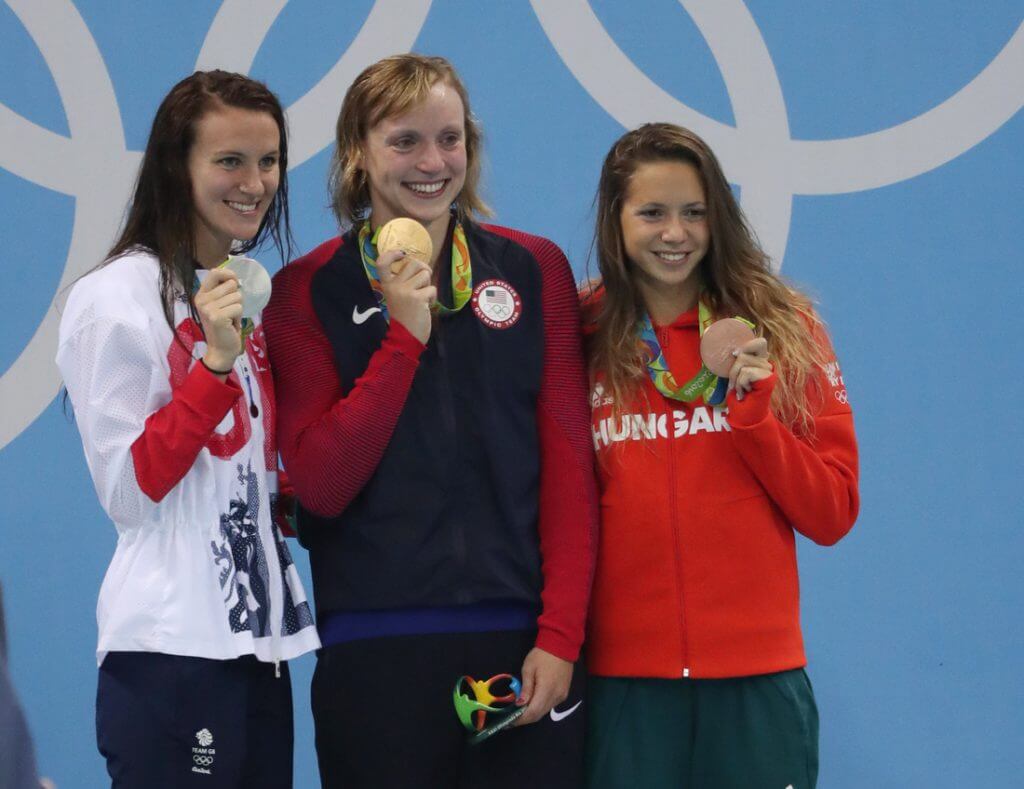
By Katie Wingert, Swimming World College Intern.
You’ve trained too hard to give up on your championship goals because of bad air quality and that dreaded chlorine cough.
As the championship season fast approaches, many of us are faced with a dilemma: how will we combat poor air quality in our big meets? Although it is easy for us to talk philosophically about air quality problems in-season, when we face our goal meets, we need to think more practically about quick fixes and ways to survive in less-than-ideal competition environments.
Here are five strategies to combat poor air quality during this championship season and perform at your best:
1. Use products like SwimSpray and shower often.
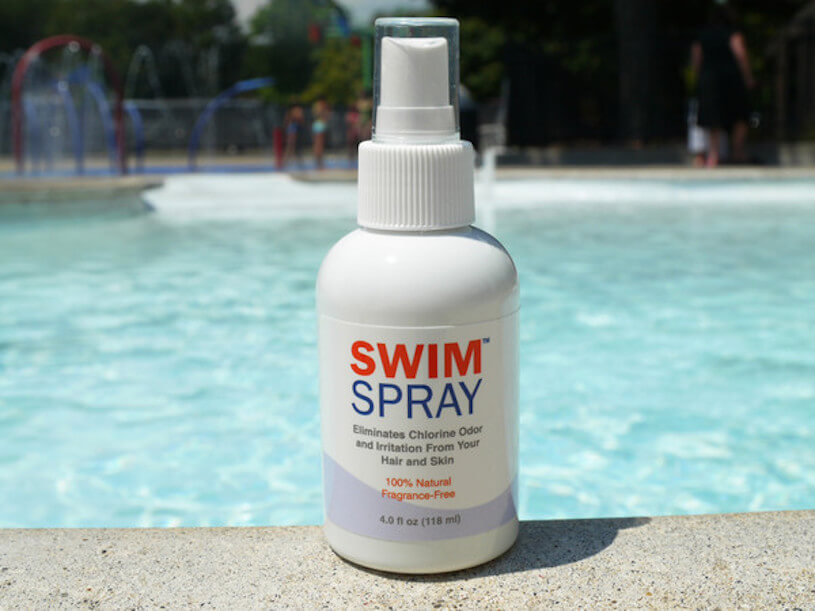
Photo Courtesy: SwimSpray
We all know that the infamous chlorine odor around a pool deck indicates an air quality problem, and leaving that smell on your body after you hop out of the pool is likely not the best idea. Products like SwimSpray can neutralize the chlorine and save you money on expensive shampoos that don’t ever really take the scent out of your hair. Using the spray and showering as soon as possible after swimming can help you breathe easier, if not on the pool deck, at least in between sessions.
2. Drink more water.
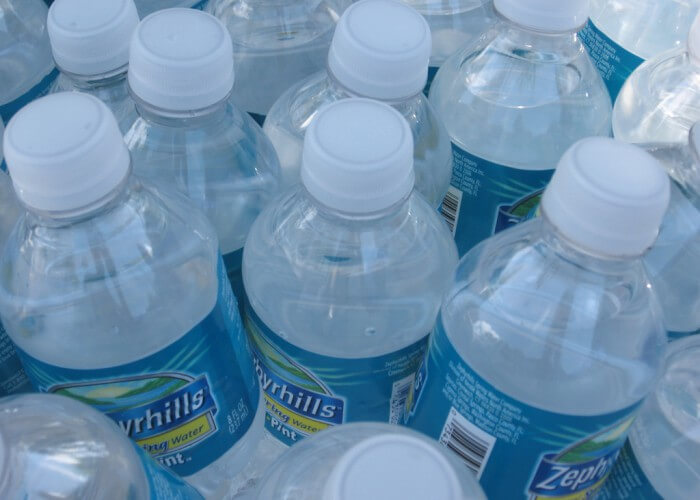
Photo Courtesy: Andrew Pennebaker
These days, hydration can seem like a catch-all solution to every health concern, but in this case, water will moisten dry airways and keep any mucus thin. More water could mean less coughing, and even if it doesn’t, at least you will know you are well-hydrated to race. Stash extra water bottles in every pocket of your swim bag before leaving for a meet session.
3. Use your inhaler.
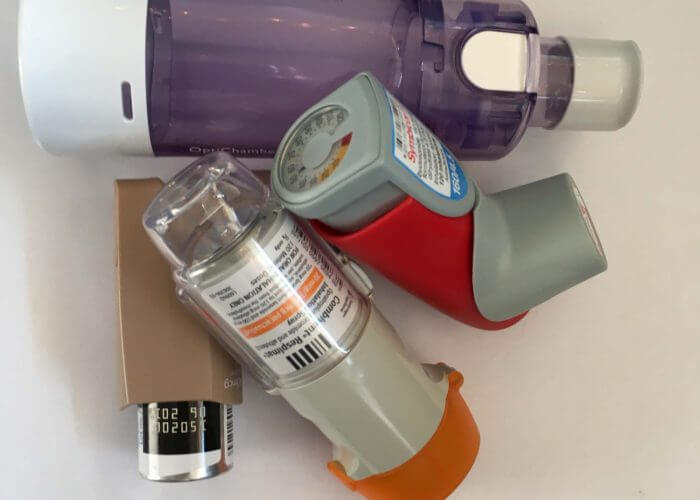
Photo Courtesy: Katie Wingert
Perhaps it seems like a given, but many of us who are prescribed medication for breathing concerns and asthma conditions often fail to use these medications consistently. Along with looking for your favorite tech suit, make sure all of your medications are up to date and ready for use before the championship season begins. If you think you might need an inhaler, now is the time to carve out a few hours in your schedule to go to a doctor and speak holistically about your health and lifestyle.
4. Get off the pool deck as often as possible.
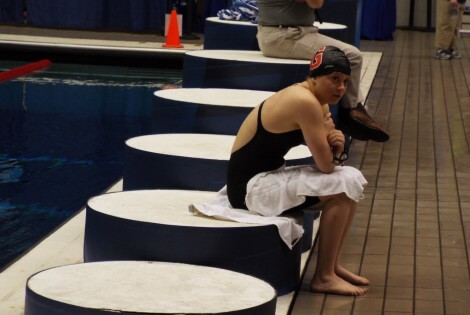
Photo Courtesy: Hayley Good
This one’s perhaps the hardest. We all want to cheer for our teammates and be with our team on deck. However, if you’re struggling to breathe and have tried all of the strategies listed above, then it might be the time to make a move to fresh air. In between events, slide on some flip-flops and make sure you have plenty of good clothing before scoping out the facility for a good spot off the pool deck that has fresh, unchlorinated air. Thankfully, many natatoriums are designed with surrounding windows, so that even people outside the pool and stands can see the action.
5. Stay focused on the positives, no matter the air quality.
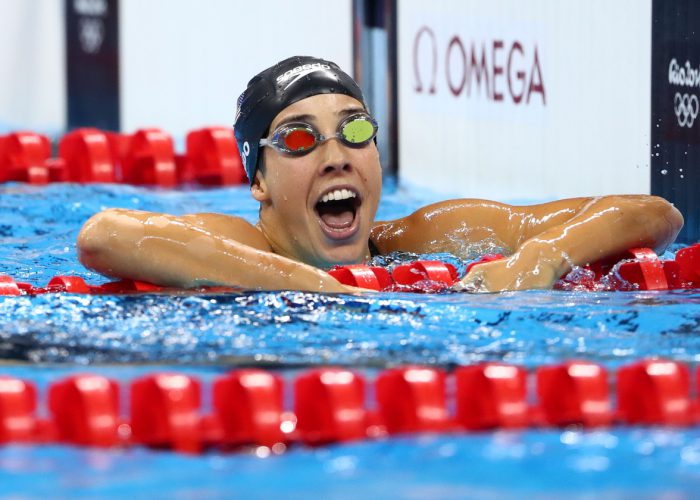
Photo Courtesy: Erich Schlegel-USA TODAY Sports
It’s easy to get negative about the obstacles you experience, but the best strategy for overcoming bad air quality is to focus on the positive aspects of your swimming experience. What small goals have you met during the season to prepare you for post-season success? What parts of your meet are you excited about? Asking yourself questions like these will help you prioritize what really matters—having fun and swimming fast—as opposed to unchangeable factors of your meet experience.




My favourite is number 4 classic Joe Stott Brandon Lino
Shouldn The pools be addressing the issue of poor air quality through proven methods such as UV light treatment, ozone treatment, improved ventilation, closer attention to FAC and CAC control instead of subjective approaches such as “thinking positively “!?